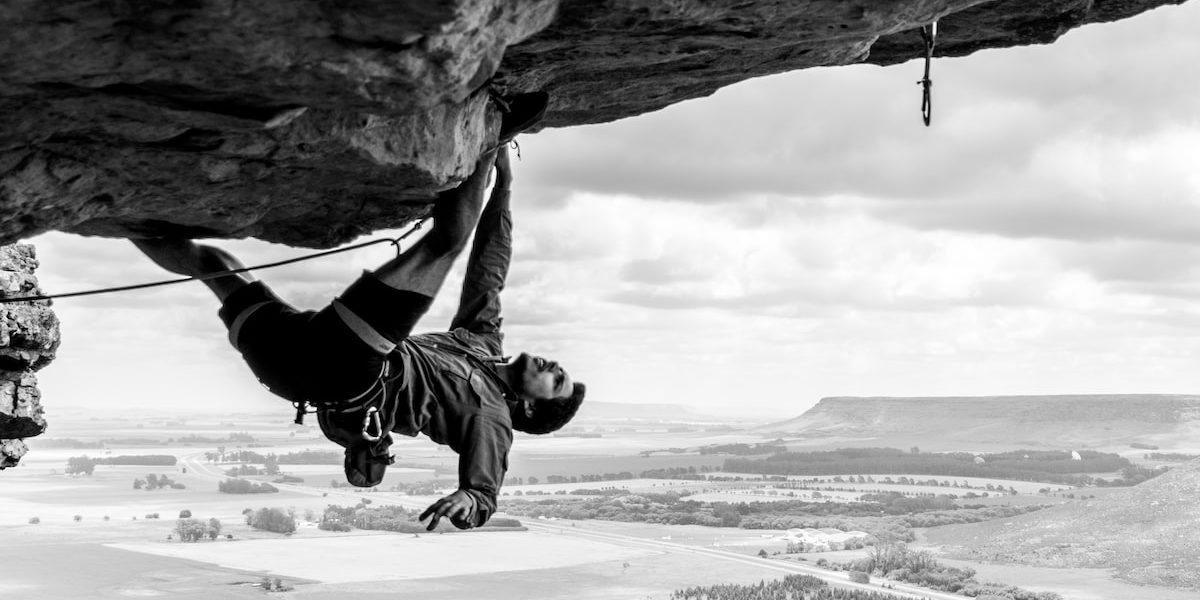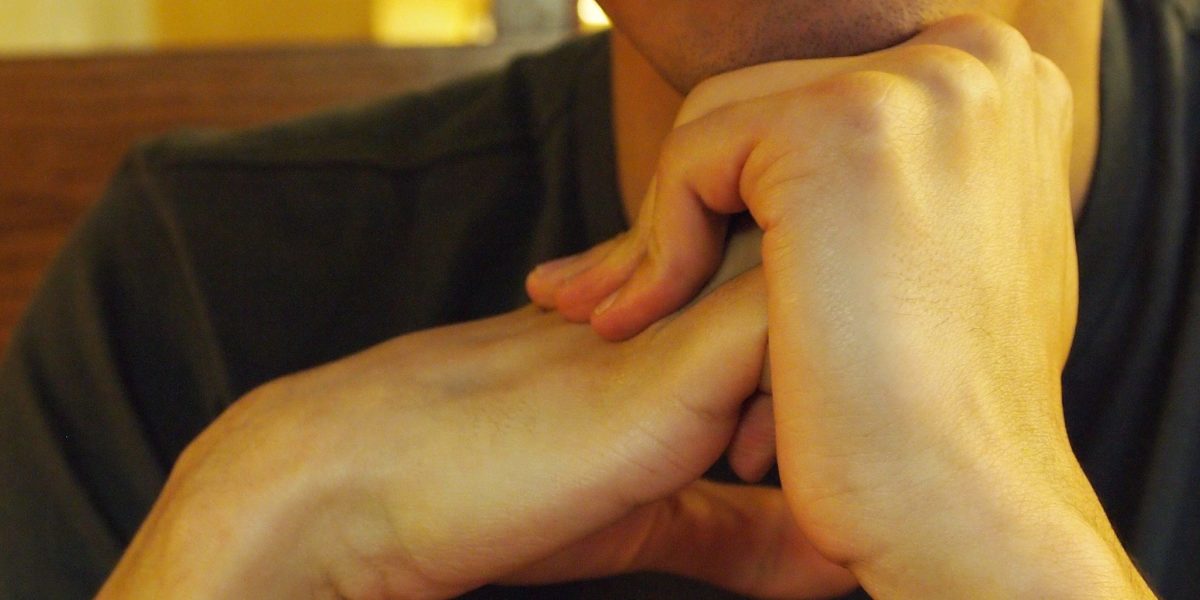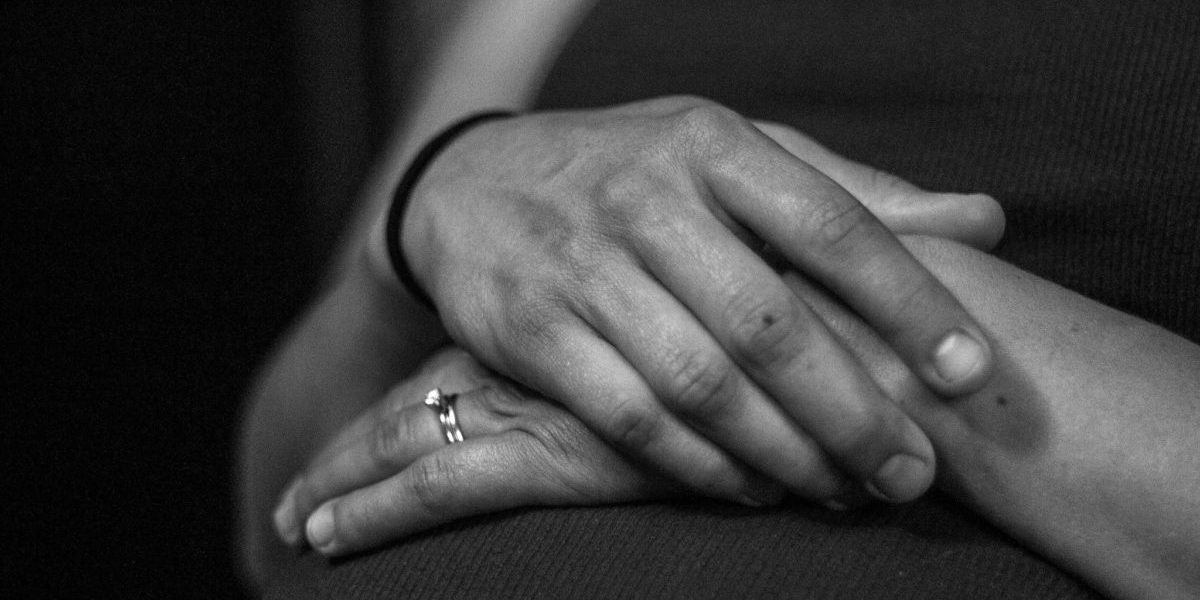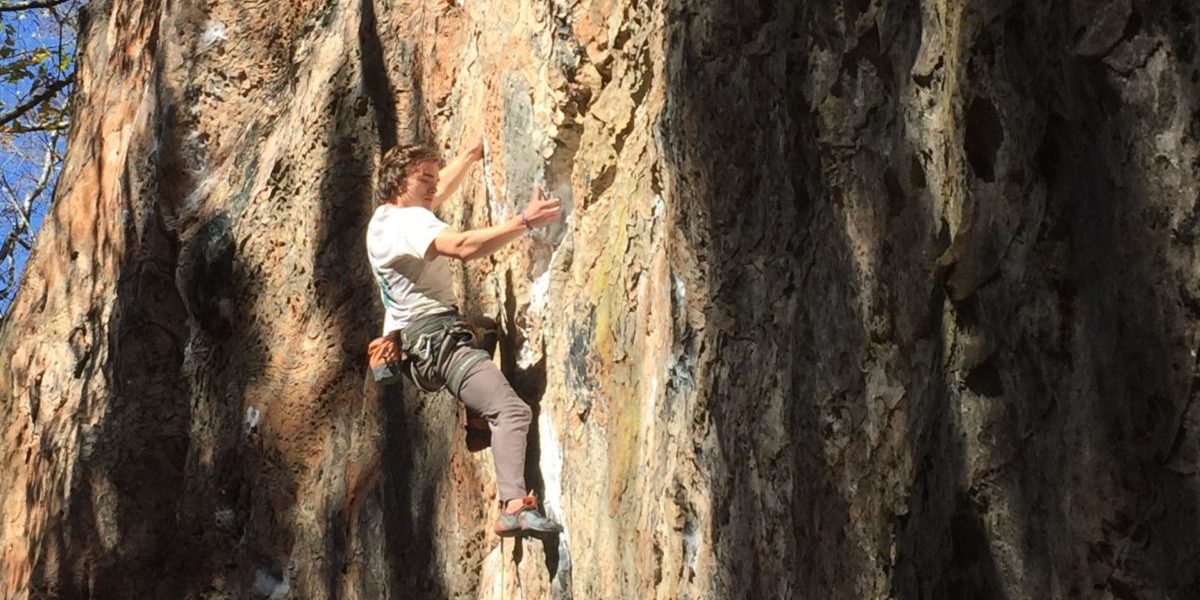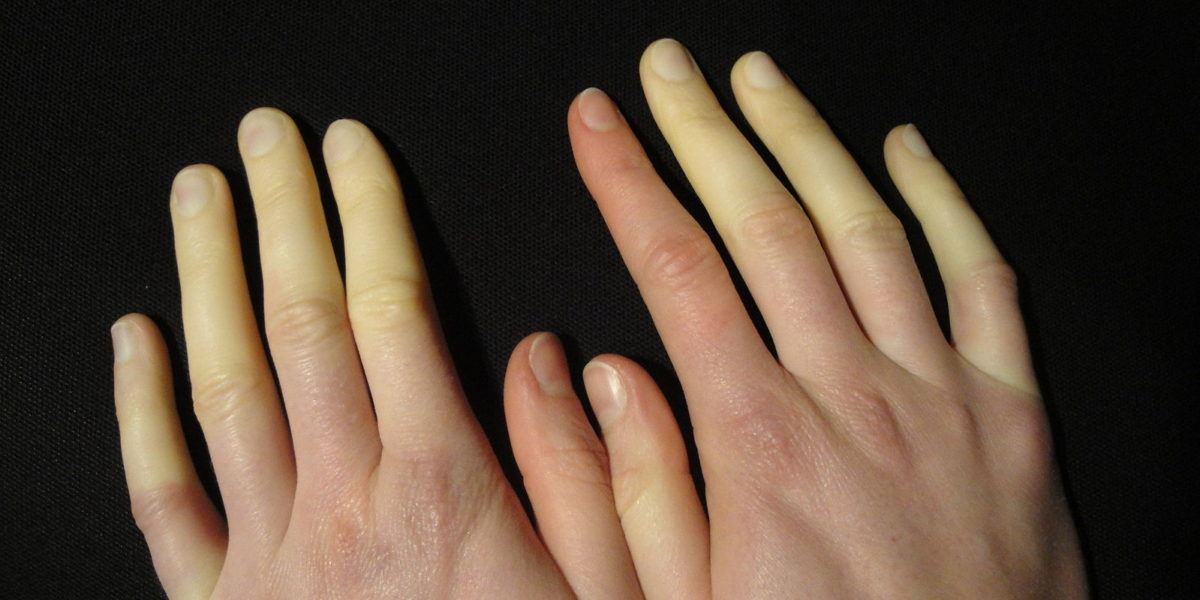Recently, a few studies(Inal et al. and Osailan) have been conducted on young people and adults regarding their pinch grip and hand grip strength. Shockingly those studies show that people who spend a long time using smartphones show very poor performance in their pinch and hand grip. We know our thumb is the finger used mostly for operating smartphones. It is also the most significant finger for any grip as well. Is it possible that the thumb is damaged permanently by overuse of a smartphone or is it just a correlation, not a causation?
Continue reading “Can Smartphone Overuse Permanently Damage Thumb Function?”Tag: hands
Want Your Ticket to the Top?
Rock climbing may just be the greatest exercise activity. It’s a holistic workout with an infectiously supportive community that involves plenty of problem solving and a good understanding of body movement and biomechanics. If you ever find yourself on the climbing wall, you will inevitably encounter a sequence of moves that seemingly proves to be too difficult or complicated. Whether you’re a veteran or a beginner, below are just a few of the countless biomechanical techniques and tips to keep in mind when coordinating and executing your attempts; they could be the difference between plateauing and finally topping out on that elusive route.
Continue reading “Want Your Ticket to the Top?”Why Do Your Fingers Make A “Pop” Noise When You Crack Your Knuckles?
When cracking your knuckles, one tends to hear a “pop” noise that is loud, sharp, and irritating to most. This noise can be addicting in the sense that it makes others want to crack their knuckles. The main questions that I focused my research on were “Does cracking your knuckles or joints cause potential health issues for your future?” and “ Why does cracking a joint such as your knuckles make a “pop” noise?”
Continue reading “Why Do Your Fingers Make A “Pop” Noise When You Crack Your Knuckles?”Attention Deficit Handwriting Details: The Effects of ADHD on Handwriting
Imagine you’re in college and struggling to focus during a boring lecture with a monotone professor. Now imagine that same struggle, but every little thing around you is a distraction making it difficult to focus on everyday tasks, not just the boring ones. Individuals with Attention Deficit Hyperactive Disorder (ADHD) battle this inability to focus constantly. Yet for individuals with ADHD, about 1 in 20 children (basically a lot of children), the struggle does not stop there: these individuals who struggle to focus often exhibit fine motor coordination impairments as well.
Continue reading “Attention Deficit Handwriting Details: The Effects of ADHD on Handwriting”Arthritis is NOT Just For The Elderly: Early Signs Of Rheumatoid Arthritis
Rheumatoid arthritis (RA) is a chronic autoimmune disease that, according to the Arthritis Foundation, affects 1.5 million people in the US. Women are 3 times more likely to develop RA and are usually diagnosed between ages 30 and 60, while men are rarely diagnosed before the age of 45.
Continue reading “Arthritis is NOT Just For The Elderly: Early Signs Of Rheumatoid Arthritis”Punch like a nerd: Utilizing Biomechanics in Boxing Form
You and I are living creatures. Every living creature on Earth has some means of self-preservation, and while society and technology have advanced humans far beyond the norms of the animal kingdom, deep down at our core is the self-preserving instinct known as “fight or flight”. When the moment arises that flight is not possible, that unarmed self-defense is the only option, a human will most likely throw a punch. Unless you are trained in a combat sport or a style of self-defense, that punch will likely be inefficient and ineffective. I’m here to break down, with biomechanics, the most effective way to throw that punch.
Continue reading “Punch like a nerd: Utilizing Biomechanics in Boxing Form”Rock on, Dude!
In the rock climbing world, there is not much that people fear more than the sound of a “pop” coming from their fingers. That sound means months of rehab and can keep you off the rock for up to six months. But what exactly is happening when you hear that dreaded sound? The fingers are so small, how can one injury to the fingers be so devastating? Let’s dive in.
Continue reading “Rock on, Dude!”Scleroderma and Raynaud’s Phenomenon: Cold Weather’s Influence on Skin
Anyone who is familiar with winters that are mainly at temperatures in single digit range knows how crucial gloves are to surviving the tough, frigid weather. If one was to go outside without them, their hands become extremely pale (or sometimes almost blue) and, once back inside, take a bit of time to get back to normal. It’s a tough life, I know, but people with a scleroderma have an even harder time surviving the winter. What is scleroderma, you ask? Scleroderma is an autoimmune disease that causes skin and internal organs to thicken, and if that wasn’t tough enough, a good chunk of people with it also experience secondary Raynaud’s phenomenon, which is an exaggerated vasoconstriction of arterioles in response to cold weather and causes a drop in blood flow. The main, visible outcome from this disease is how the skin whitens and swells. Problems must ensue from the combination of thick skin and lack of blood flow to the extremities, right?
Continue reading “Scleroderma and Raynaud’s Phenomenon: Cold Weather’s Influence on Skin”
